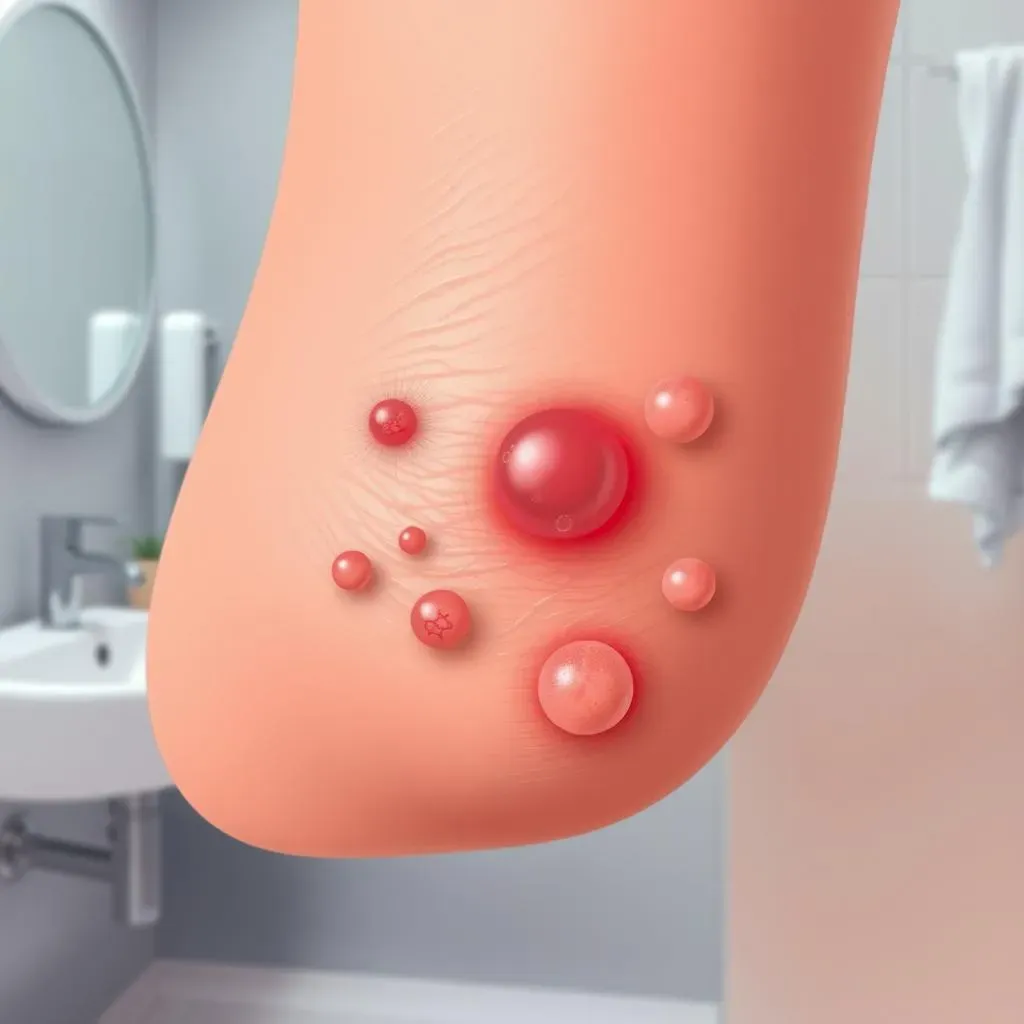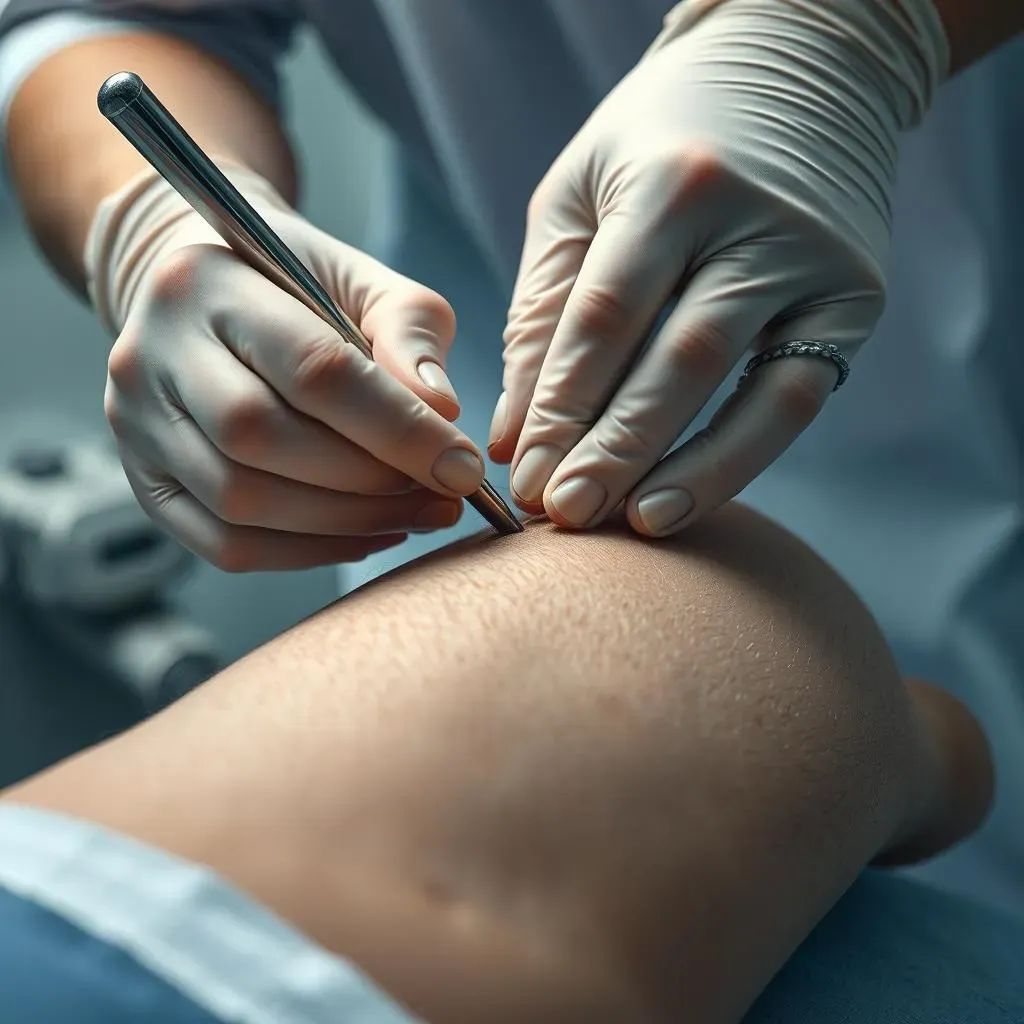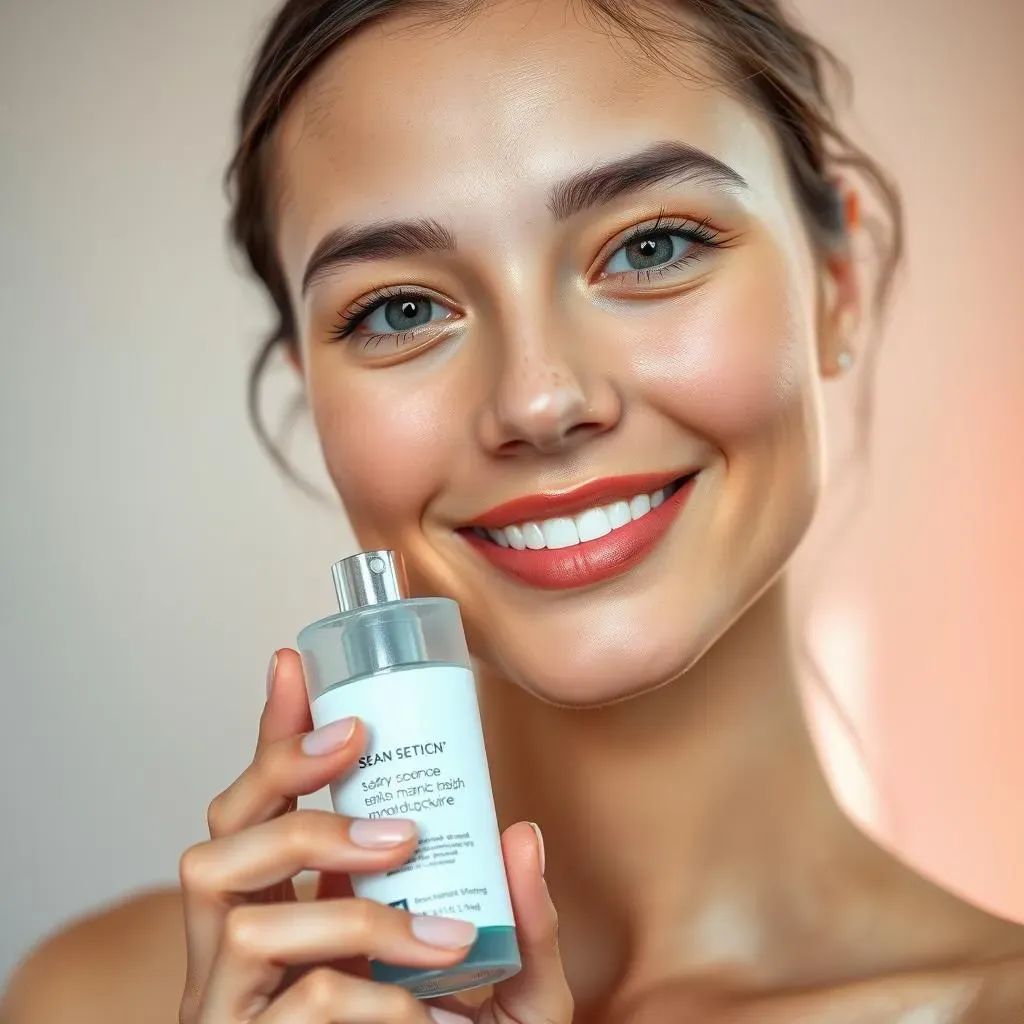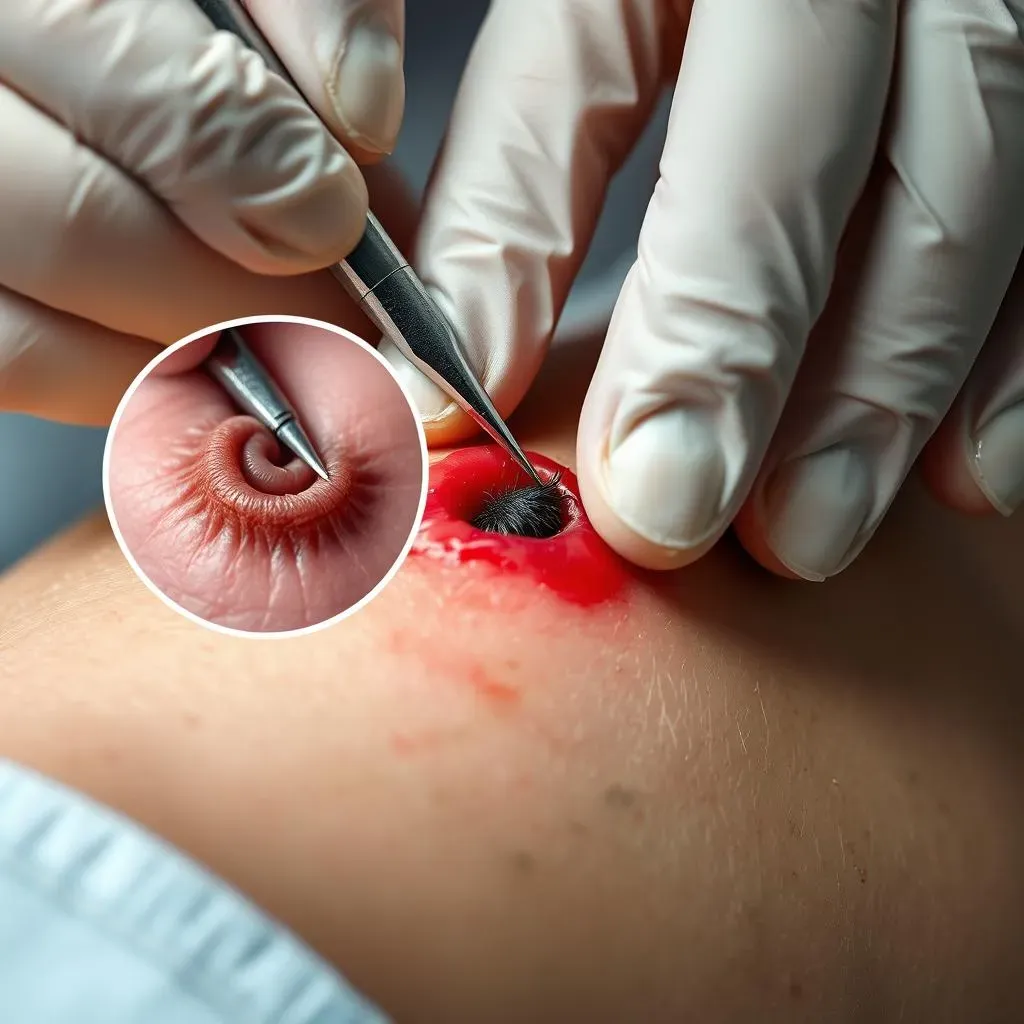Table of Contents
Ingrown hairs can be a painful and frustrating problem for many of us, but some cases take this common issue to an extreme. Recently, a viral video has been making the rounds on social media, showcasing the largest ingrown hair removal ever recorded. The shocking footage has left many stunned, but it also raises important questions about skincare and how to prevent such severe cases. In this article, we'll delve into the world of ingrown hairs, exploring what they are, how they occur, and most importantly, how to prevent them. We'll examine shocking cases of the largest ingrown hair removal, discuss expert tips from dermatologists, and highlight the importance of proper skincare in avoiding these painful bumps. Whether you're looking to avoid ingrown hairs or simply curious about the shocking videos circulating online, this article aims to provide you with a comprehensive guide to understanding and addressing ingrown hairs, including the largest ingrown hair removal.
What is Ingrown Hair and How Does it Occur?

What is Ingrown Hair and How Does it Occur?
Ingrown hairs, also known as pseudofolliculitis barbae, occur when hair curls back or grows sideways into the skin, causing inflammation, redness, and sometimes pus. This can happen for several reasons, including tight clothing, shaving, waxing, or tweezing, which can cause the hair to become trapped inside the skin. Certain hair types, such as curly or coarse hair, are more prone to becoming ingrown due to their shape and texture.
Ingrown hairs can appear anywhere on the body where hair grows, but they are most common in areas like the face, neck, armpits, and bikini line. Symptoms include small, raised bumps, redness, swelling, and itchiness. In severe cases, ingrown hairs can lead to infections, scarring, and even keloid formation.
Causes of Ingrown Hair | Prevention Tips | Treatment Options |
|---|---|---|
Tight clothing, shaving, waxing, or tweezing | Exfoliate regularly, use sunscreen, and avoid tight clothing | Warm compresses, topical creams, or professional extraction |
Understanding the causes of ingrown hairs is crucial in preventing them. By adopting good skincare habits, such as exfoliating and using sunscreen, individuals can reduce their risk of developing ingrown hairs. Additionally, being mindful of hair removal methods and taking steps to avoid damaging the skin can also help.
- Exfoliate your skin 1-2 times a week to remove dead skin cells
- Use gentle shaving techniques and avoid shaving too closely
- Consider alternative hair removal methods like depilatory creams or epilators
For those who have already developed ingrown hairs, there are several treatment options available. Warm compresses can help bring the hair to the surface, while topical creams and antibiotics may be prescribed for infected ingrown hairs. In severe cases, professional extraction by a dermatologist may be necessary.
Shocking Cases of Largest Ingrown Hair Removal

Shocking Cases of Largest Ingrown Hair Removal
Introduction to Shocking Cases
Ingrown hairs can be a painful and frustrating problem, but some cases are more shocking than others. Recently, a viral video has been circulating online, showing the removal of what is believed to be the largest ingrown hair ever recorded. The video, posted by Joe Gross, has been viewed over 11 million times on Reddit and has sparked both fascination and horror in those who have seen it.
The ingrown hair in question was initially thought to be a cyst by a dermatologist, but upon further examination, it was revealed to be a long hair that had been growing inside the man's face for over a decade. The hair was accompanied by a significant amount of pus, making the removal process both gruesome and satisfying.
Details of the Removal | Description | Viewer Reaction |
|---|---|---|
Length of the ingrown hair: Over 3 feet | Accompanied by a significant amount of pus | 11 million views on Reddit, sparking both fascination and horror |
Other Shocking Cases
While the video posted by Joe Gross is certainly shocking, it's not the only case of its kind. There have been several other instances of large ingrown hairs being removed, each with its own unique story. For example, a woman had a 3-foot-long ingrown hair removed from her stomach, which was accompanied by a significant amount of inflammation and scarring.
These cases highlight the importance of proper skincare and seeking medical attention if unusual skin issues arise. Ingrown hairs can lead to serious infections and scarring if left untreated, making it essential to take preventive measures and seek professional help when necessary.
- Avoid tight clothing that can cause friction and irritation
- Exfoliate regularly to remove dead skin cells
- Use proper shaving techniques, such as shaving in the direction of hair growth
Conclusion
The removal of the largest ingrown hair is a shocking and unusual incident that has gained significant attention online. While it may seem extreme, it serves as a reminder of the importance of proper skincare and seeking medical attention when necessary. By following the tips outlined in this article, individuals can reduce their risk of developing ingrown hairs and maintain healthy, glowing skin.
How to Prevent Ingrown Hair: Tips from Dermatologists

How to Prevent Ingrown Hair: Tips from Dermatologists
Understanding Ingrown Hair Prevention
Preventing ingrown hairs requires a combination of proper skincare, good hygiene, and careful hair removal techniques. According to dermatologists, exfoliating the skin regularly is one of the most effective ways to prevent ingrown hairs. Exfoliation helps remove dead skin cells, which can clog pores and cause hairs to become trapped. It's recommended to exfoliate 1-2 times a week, using a gentle scrub or a chemical exfoliant containing alpha-hydroxy acids (AHAs) or beta-hydroxy acids (BHAs).
Another crucial aspect of ingrown hair prevention is shaving. Dermatologists advise shaving in the direction of hair growth, rather than against it. Shaving against the grain can cause the hair to become trapped, leading to ingrown hairs. Using a sharp razor and shaving cream can also help reduce friction and prevent hair from becoming embedded in the skin.
Exfoliation Methods | Shaving Techniques | Benefits |
|---|---|---|
Gentle scrubs, chemical exfoliants (AHAs/BHAs) | Shave in the direction of hair growth, use sharp razors and shaving cream | Removes dead skin cells, reduces friction, prevents hair trapping |
- Exfoliate 1-2 times a week
- Shave in the direction of hair growth
- Avoid tight clothing that causes friction
Additional Tips for Ingrown Hair Prevention
In addition to exfoliation and proper shaving techniques, dermatologists recommend avoiding tight clothing, which can cause friction and irritation, leading to ingrown hairs. Wearing loose, breathable clothing can help reduce the risk of ingrown hairs, especially in areas prone to friction such as the neck, armpits, and bikini line.
Using sunscreen and moisturizer can also help prevent ingrown hairs. Sunscreen protects the skin from UV damage, which can cause inflammation and increase the risk of ingrown hairs. Moisturizer keeps the skin hydrated, reducing the likelihood of dryness and irritation, which can contribute to ingrown hairs.
Skincare Routine | Benefits | Product Recommendations |
|---|---|---|
Exfoliate, shave, moisturize, sunscreen | Prevents ingrown hairs, reduces inflammation, promotes healthy skin | Gentle scrubs, shaving cream, moisturizers with hyaluronic acid, broad-spectrum sunscreen |
- Apply sunscreen daily, even on cloudy days
- Use a moisturizer suitable for your skin type
- Consider alternative hair removal methods, such as depilatory creams or epilators
The Importance of Proper Skincare in Avoiding Ingrown Hair

The Importance of Proper Skincare in Avoiding Ingrown Hair
Why Proper Skincare Matters
Proper skincare is essential in preventing ingrown hairs. When the skin is healthy and well-moisturized, it's less likely for hairs to become trapped. A good skincare routine helps remove dead skin cells, reduces inflammation, and keeps the skin hydrated. This creates an environment where hairs can grow out of the skin without curling back or becoming embedded.
Skincare routines vary depending on skin type, but there are some universal steps that can help prevent ingrown hairs. Cleansing the skin twice a day to remove dirt and bacteria is crucial. Exfoliating once or twice a week removes dead skin cells, which can clog pores and lead to ingrown hairs. Moisturizing keeps the skin hydrated, reducing the risk of dryness and irritation.
Skincare Step | Frequency | Benefits |
|---|---|---|
Cleansing | Twice a day | Removes dirt and bacteria |
Exfoliating | 1-2 times a week | Removes dead skin cells, prevents clogged pores |
Moisturizing | Daily | Hydrates the skin, reduces irritation |
- Use lukewarm water for cleansing
- Avoid harsh exfoliants that can irritate the skin
- Choose a moisturizer suitable for your skin type
The Role of Sunscreen in Ingrown Hair Prevention
Sunscreen is often overlooked as a preventative measure for ingrown hairs, but it plays a critical role. UV rays can cause inflammation and damage the skin, making it more susceptible to ingrown hairs. Using a broad-spectrum sunscreen with at least SPF 30 daily can help protect the skin from these harmful effects.
Additionally, sunscreen helps maintain skin health, reducing the appearance of fine lines and wrinkles, which can also contribute to ingrown hairs. By incorporating sunscreen into your daily skincare routine, you can prevent premature aging and reduce the risk of ingrown hairs.
Sunscreen Type | SPF | Application |
|---|---|---|
Broad-spectrum | At least SPF 30 | Apply daily, 15-30 minutes before sun exposure |
- Reapply sunscreen every 2 hours or immediately after swimming or sweating
- Choose a sunscreen that is non-comedogenic to avoid clogged pores
- Apply sunscreen even on cloudy days, as UV rays can still pass through
Largest Ingrown Hair Removal: When to Seek Medical Attention

Largest Ingrown Hair Removal: When to Seek Medical Attention
Recognizing the Signs of Infected Ingrown Hairs
Ingrown hairs can become infected if left untreated, leading to serious complications such as abscesses, scarring, and even keloid formation. It's essential to recognize the signs of an infected ingrown hair to seek medical attention promptly. Common symptoms of infection include increased redness, swelling, and pain around the affected area, as well as pus or discharge.
If you notice any of these symptoms, it's crucial to consult a dermatologist. They can diagnose the infection and prescribe antibiotics or other treatments to clear up the infection. In severe cases, the ingrown hair may need to be surgically removed.
Signs of Infected Ingrown Hair | Description | Recommended Action |
|---|---|---|
Increased redness and swelling | Pus or discharge present | Consult a dermatologist for diagnosis and treatment |
Pain or tenderness around the affected area | Fever or chills | Seek medical attention immediately |
- Monitor the ingrown hair for signs of infection
- Avoid squeezing or popping the ingrown hair, as this can push bacteria deeper into the skin
- Keep the affected area clean and apply topical antibiotics if prescribed
Seeking Professional Help for Ingrown Hair Removal
While some ingrown hairs can be treated at home, others may require professional removal. If an ingrown hair is deeply embedded, accompanied by a large amount of pus, or causing significant discomfort, it's best to seek help from a dermatologist. They can use specialized tools to remove the hair and prescribe medications to treat any underlying infections.
In some cases, the ingrown hair may be removed using a minor surgical procedure. This is typically done under local anesthesia and involves making a small incision to extract the hair and drain any pus. After the procedure, the dermatologist will provide instructions on how to care for the wound to promote healing and prevent further complications.
Professional Removal Methods | Benefits | Risks |
|---|---|---|
Minor surgical procedure | Effectively removes the ingrown hair and treats infection | Possible scarring, infection, or reaction to anesthesia |
Laser hair removal | Reduces hair growth, minimizes risk of ingrown hairs | May require multiple sessions, can be expensive |
- Follow post-procedure instructions carefully to ensure proper healing
- Attend follow-up appointments to check for any complications
- Consider laser hair removal as a long-term solution to prevent future ingrown hairs
Conclusion: Taking Control of Ingrown Hair and Skincare
In conclusion, ingrown hairs can range from minor annoyances to severe cases like the largest ingrown hair removal that has captivated the internet. By understanding the causes of ingrown hairs and taking proactive steps to prevent them, individuals can maintain healthy, smooth skin. Whether through proper shaving techniques, avoiding common waxing mistakes, or adopting a consistent skincare routine, the power to prevent ingrown hairs lies in our hands. Remember, skincare is not just about aesthetics; it's also about health and comfort. By prioritizing our skin and seeking medical attention when necessary, we can avoid the discomfort and potential complications associated with ingrown hairs. Stay informed, take care of your skin, and bid farewell to those pesky bumps for good.
